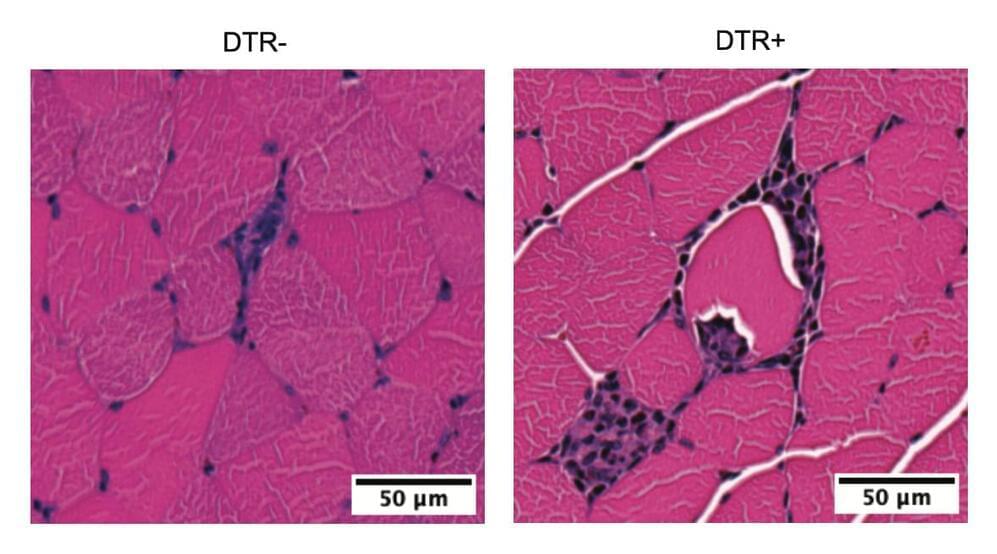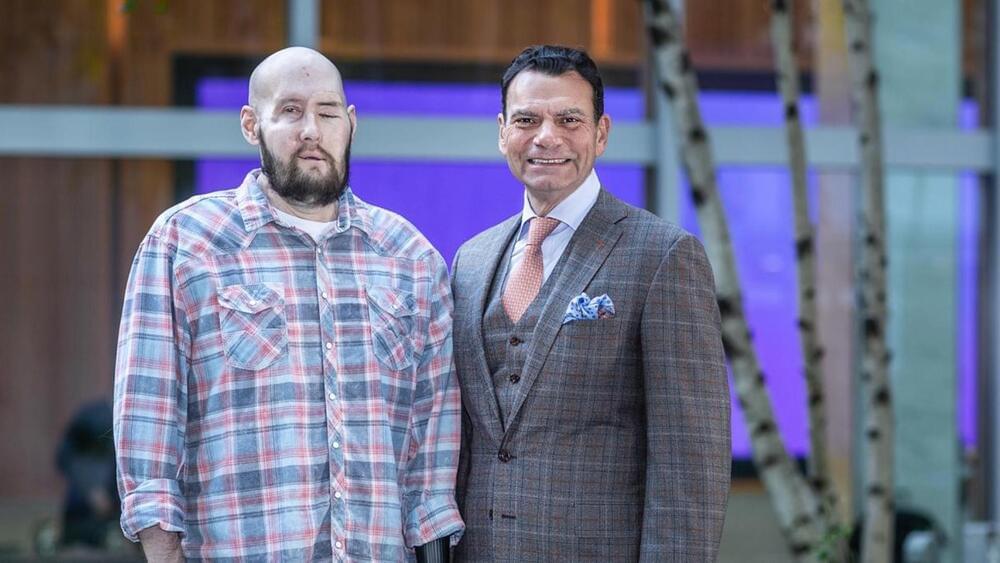Two recent studies due to be presented as posters at the American Heart Association (AHA) Scientific Sessions 2023 between November 11–13 examine how frequent cannabis use could potentially lead to increased chances of cardiology issues, including heart attack, stroke, or heart failure. These studies were conducted by an international team of researchers and holds the potential to help scientists, medical professionals, and the public better understand the long-term health risks associated with cannabis use, specifically pertaining to cardiovascular concerns.
For the first study, which was conducted by the All of Us Research Program, researchers enlisted 156,999 participants who had not experienced heart failure at the time of the study’s enrollment to take part in a survey-based study to evaluate their cannabis use habits and conduct a follow-up survey 45 months later. The results indicated that heart failure emerged with 2,958 (1.88 percent) of the participants during the 48-month study period along with a 34 percent increased risk of emerging heart failure for participants were reported daily cannabis use compared to participants who didn’t use cannabis.
“Our results should encourage more researchers to study the use of marijuana to better understand its health implications, especially on cardiovascular risk,” said Dr. Yakubu Bene-Alhasan, who is a resident physician at Medstar Health and lead author of the study. “We want to provide the population with high-quality information on marijuana use and to help inform policy decisions at the state level, to educate patients and to guide health care professionals.”








